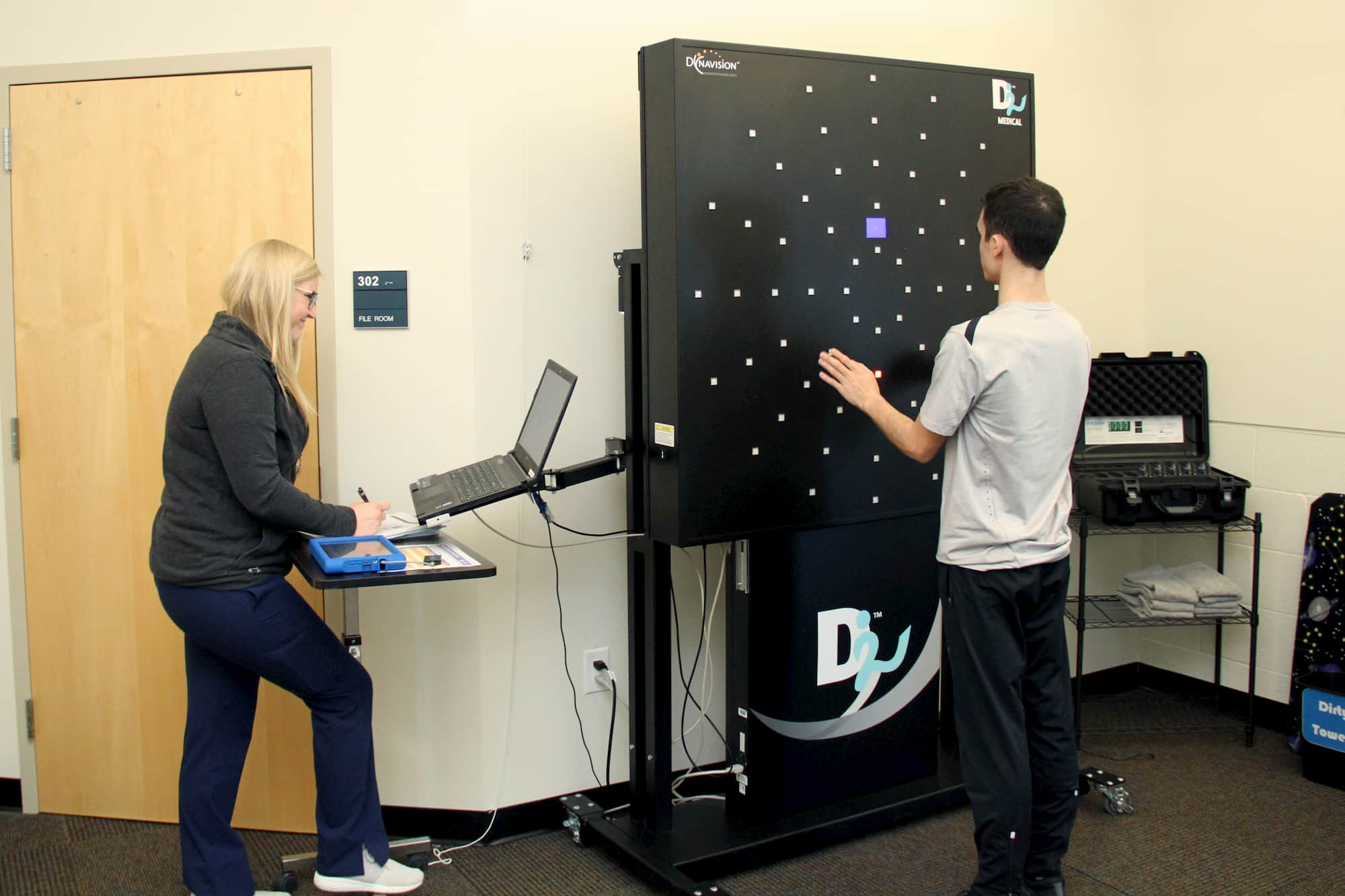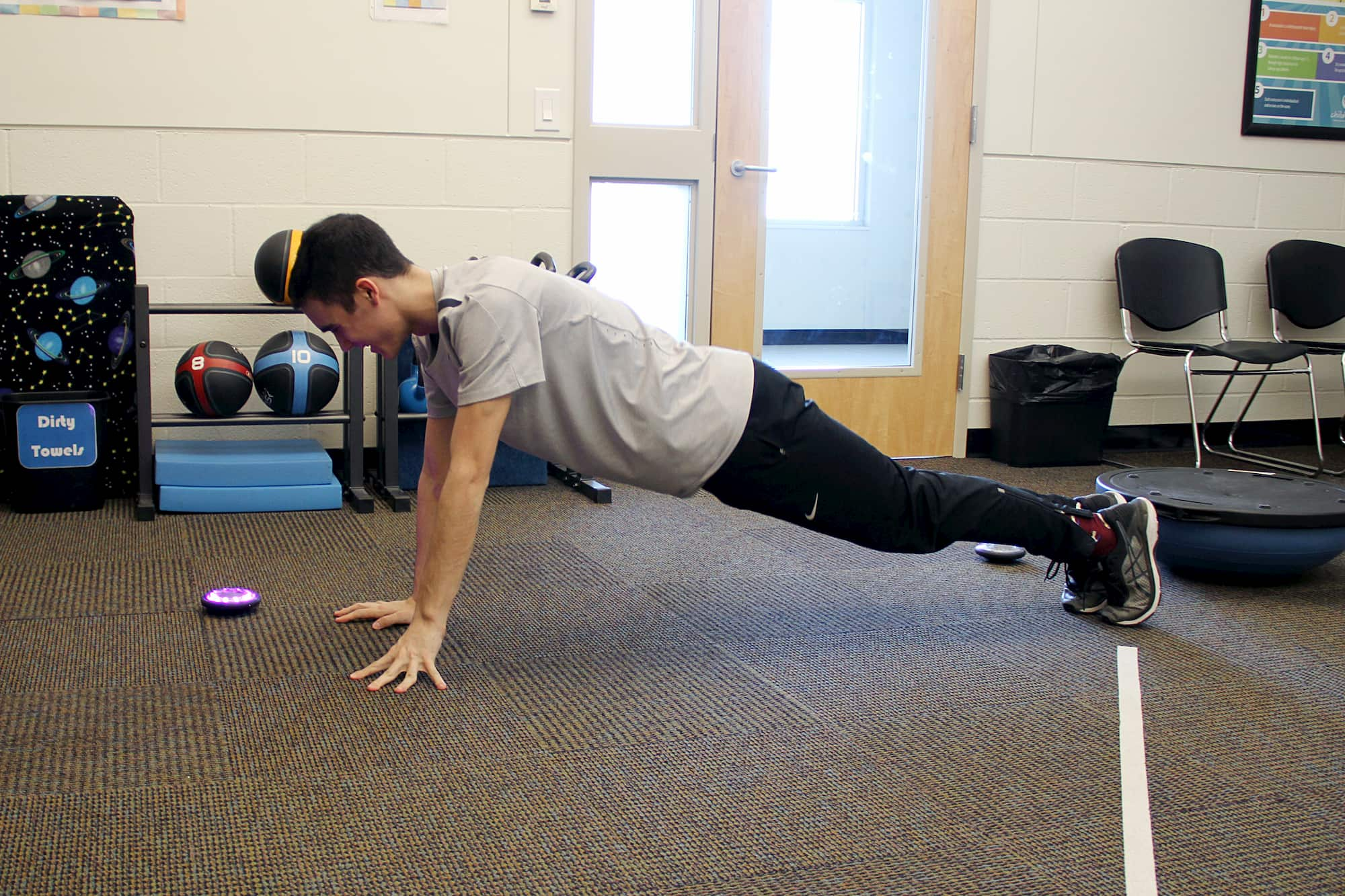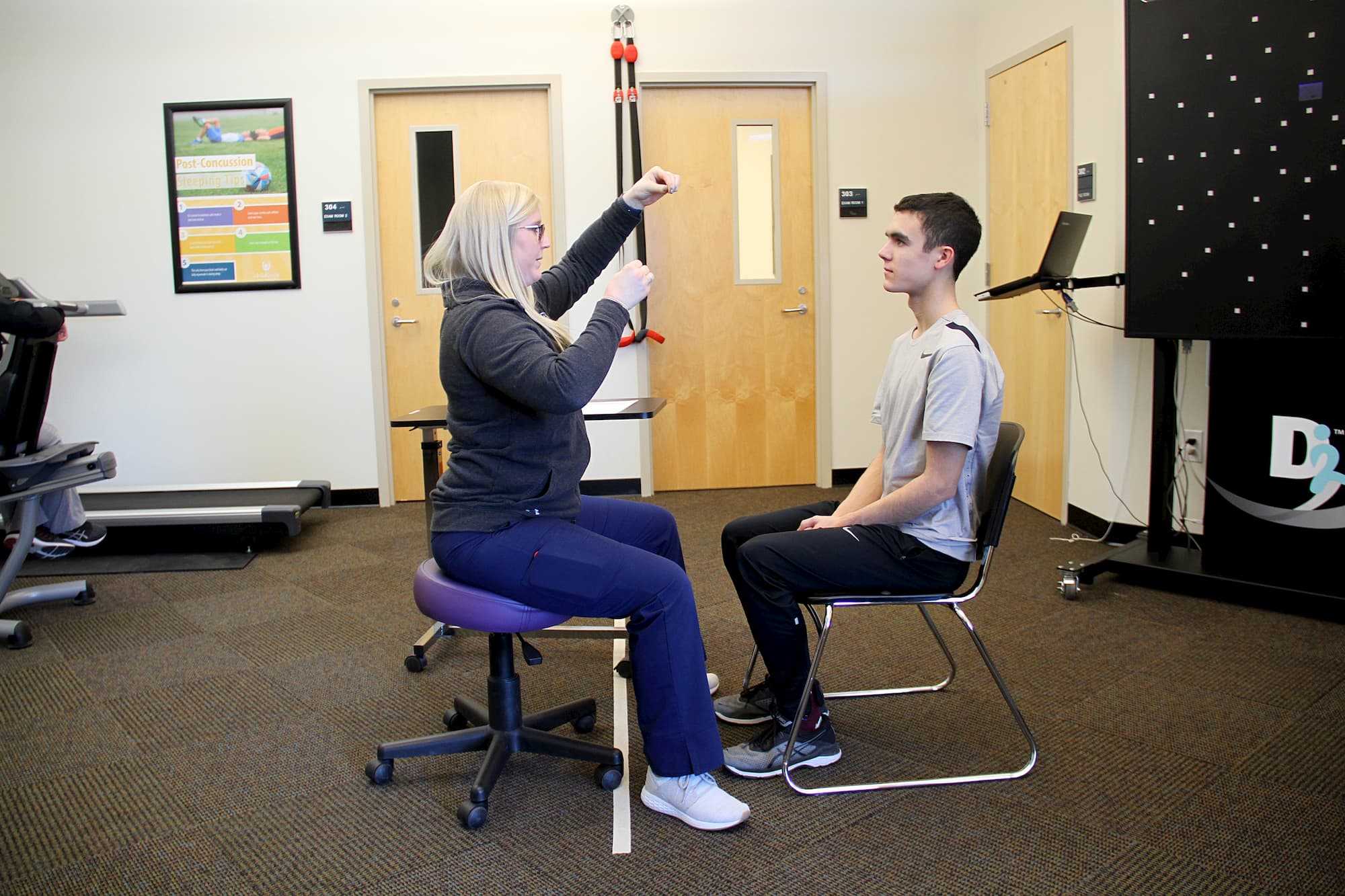
If you don’t know any high school athletes who had a concussion in Iowa recently, you might not know that there are new laws in effect to keep kids from making their concussion injury worse, or having “second impact syndrome” which can be deadly. The laws make sure that kids are ready to be completely back into the classroom with no accommodations (return-to-learn) before they can start being in sports again(return-to-play).
Here to offer a first-hand look at concussion recovery from the perspective of a high-school athlete is 17-year-old Max.
This article was originally shared by Disability Rights Iowa as part of a collaboration between ChildServe, the Iowa Concussion Consortium, the Brain Injury Alliance.
Max’s Story:
The Injury
Last winter I had two separate concussions in the span of a little over a month. The first happened when I was running on a treadmill and I slipped and went down and hit my head. The second came 2 days after I was medically cleared from the first concussion. I went on a weekend-long ski trip and while I didn’t take any hits to the head, I came back with much more severe symptoms than I had after the first concussion. It was after the second one that we decided to go to ChildServe.
The worst symptom that I experienced was the nausea. The nausea came and went pretty suddenly, but when I felt it, I couldn’t even shift my position in my seat without immediately feeling like I was going to be sick. While that was the most extreme symptom that I felt, the ones that bothered me the most were the symptoms that made nearly impossible for me to do any school work. The difficulty concentrating, and the mental “fog” caused me problems with everything that I did. I couldn’t pay attention in class at all, so I didn’t learn anything about the subjects we were covering, I couldn’t do any writing or reading, and I couldn’t take any tests. Those symptoms made everything that I normally do in my daily life way more difficult.
I was completely sidelined from almost everything. I couldn’t do any sports, I didn’t go to band or gym class for almost a month, I couldn’t do any tests in school, and I couldn’t even watch T.V. for a couple weeks because it bothered me so much.




Finding Support
My school nurse recommended that we go to ChildServe’s Concussion Clinic. Their team of Brain Injury Specialists did lots of tests to get measurable statistics for how my brain was functioning. I would do mental work, (like being given a set of words to remember and trying to recite them), word searches, basic mental math, and other things of the sort. I would also do physical some activities like balancing, along with reaction time tests using a piece of technology called a Dynavision board.
As I came to therapy sessions and began to get better, the team could repeat the tests to see how my brain was recovering. They also gave me a lot of suggestions for school like taking breaks, not doing tests, and not eating lunch in the cafeteria. At home, they suggested limiting screen time at first.
None of these guidelines were hard to follow because I needed them and I felt better when I followed them. The most important thing is that the guidelines were tailored to what I needed. Someone else might have different guidelines based on their experience and symptoms.
Return-to-learn and Return-to-play
The return-to-learn and return-to-play guidelines were beneficial for me because it felt good to know that I could get all the assistance that I needed at school, because my teachers were legally required to help me or make adjustments if I needed it.
The requirement that you have to complete the return-to-learn before starting return-to-play was very frustrating. The specialists at ChildServe taught me that it’s recommended for people who are recovering from concussions to do some light physical activity as you start to feel better. Over time I was ready to start exercising a little bit, and some of my therapy at ChildServe even included some jogging on the treadmill so they could make sure it didn’t start my symptoms up again. Meanwhile at school, I couldn’t join in on any practices with my team because I had to complete the return-to-learn process first.
It felt like it took forever to get cleared, and I was so desperate to get back into athletics. I didn’t feel like I needed all the treatment that I was getting at the time, but when I look back at it, I’m very glad that I was required to go through all the steps, because I really did need them. Even though I wished I could be active at school sooner, I do think that allowing kids to start return-to-play while they are also doing return-to-learn would cause problems because kids would go back into sports before their brains are completely healed and be at risk for serious or deadly re-injury that can come with Second Impact Syndrome. (Second Impact Syndrome is what it’s called when you get a second concussion on top of your first one).
A Parent Perspective, from Max’s Mom:
When Max had his concussion I really didn’t know where to go. Even though I knew many people who had children who had concussions, this was our first experience with it. I had no idea what concussion recovery was supposed to be like. I was worried that Max would reinjure himself or push himself too much or too early. My biggest concern was CTE. The high school nurse referred us to ChildServe which was incredibly helpful.
It was a huge relief to be able to rely on ChildServe’s expertise and experience. Their whole team evaluated Max on our first visit and they developed a plan based on their assessment of his needs. I was very comfortable with the process and felt like he was getting the best assessment and care possible.
With the weekly visits, I was able to track his progress and see how he was improving. ChildServe also worked very closely with the high school nurse so that she had all the information she needed to move Max along the established protocols at school and with sports. With Max being unable to attend class, focus, or do homework for weeks, it was very helpful to have the communication between ChildServe, the high school nurse, trainer, and me. Everyone had all the information we needed for both the return-to-learn and the return-to-play protocols. The nurse was able to keep the teachers informed of what Max needed and the teachers were very supportive.
One challenge was the backlog of homework that he had since mental fogginess was an issue for a long time. The teachers reduced the amount required, which was helpful, but he still ended up trying to work through quite a bit of late work at the same time he was trying to keep up with his classes. Another challenge, for him especially, was that he had to complete return-to-learn before he could start return-to-play. This meant he couldn’t practice with his team until mid-way through the season so he is having to catch up with that as well.
We’ve learned a lot throughout this experience! First of all, we learned that a concussion can show up in different ways and can often show up several days later than the original injury. With Max’s first concussion, he didn’t have symptoms until a couple days later and even then, it wasn’t obvious – he didn’t feel right and he couldn’t concentrate. Secondly, I highly recommend coming to the ChildServe Concussion Clinic (and I don’t have to say that)! It was so helpful to be able to rely on their expertise, they were great to work with, and it relieved our concerns.
About
ChildServe improves the health and well-being of nearly 5,800 children each year through specialized clinical, home, and community-based programs and services. We serve children with developmental delays, disabilities, injuries, and other special healthcare needs.
Follow Us
Contact Us
Johnston | 515-727-8750
Ames | 515-232-7220
Des Moines | 515-280-5332
Iowa City | 319-351-5437
Cedar Rapids | 319-777-7450
Links
